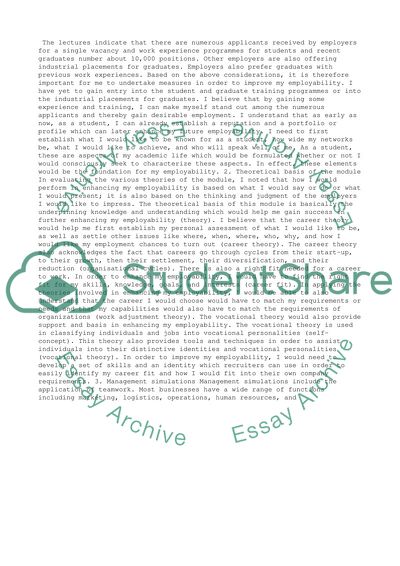Cite this document
(“Managing performance through training and development Essay”, n.d.)
Retrieved from https://studentshare.org/business/1399002-enhancing-employability
Retrieved from https://studentshare.org/business/1399002-enhancing-employability
(Managing Performance through Training and Development Essay)
https://studentshare.org/business/1399002-enhancing-employability.
https://studentshare.org/business/1399002-enhancing-employability.
“Managing Performance through Training and Development Essay”, n.d. https://studentshare.org/business/1399002-enhancing-employability.


